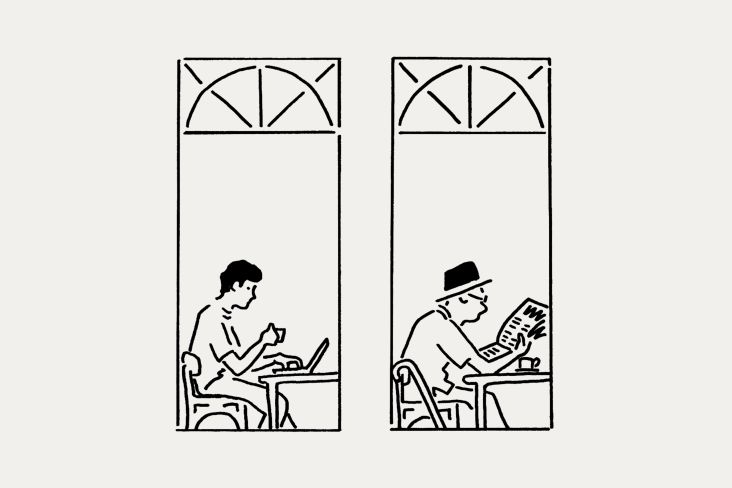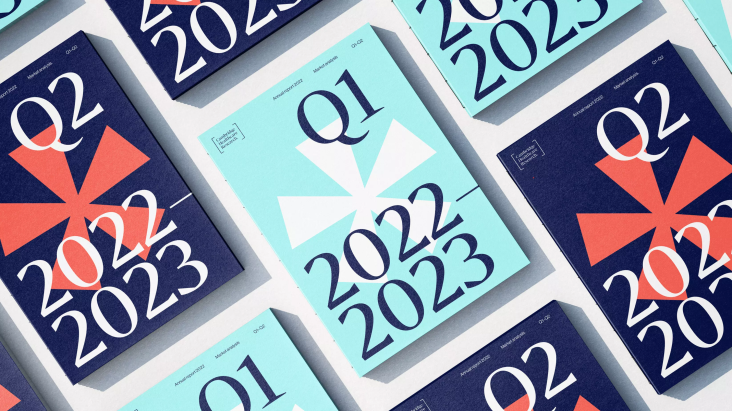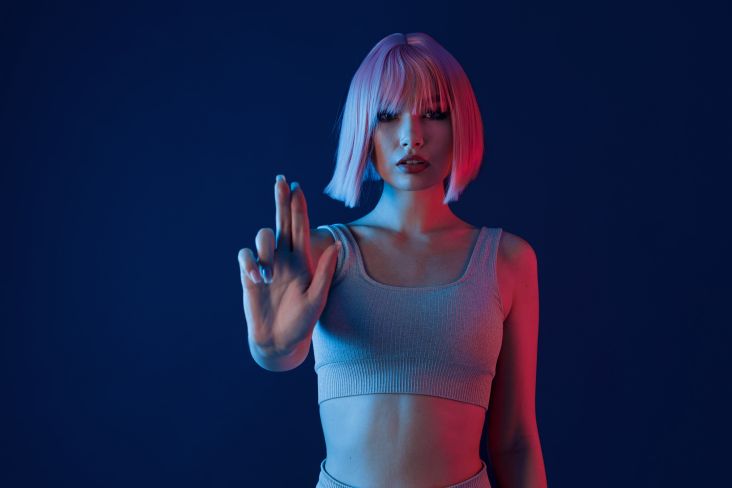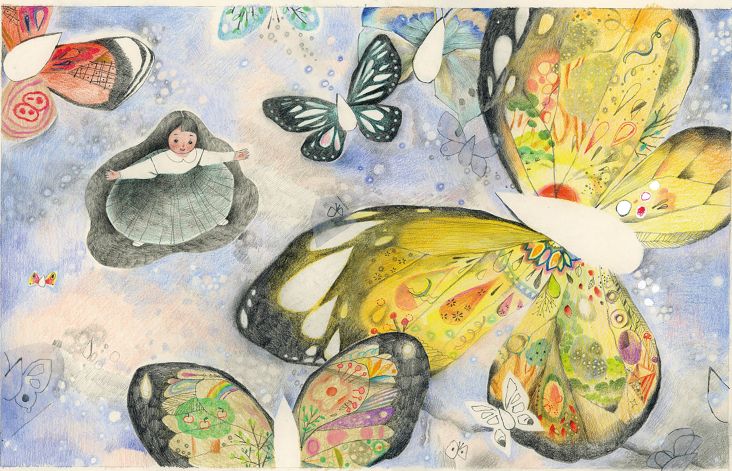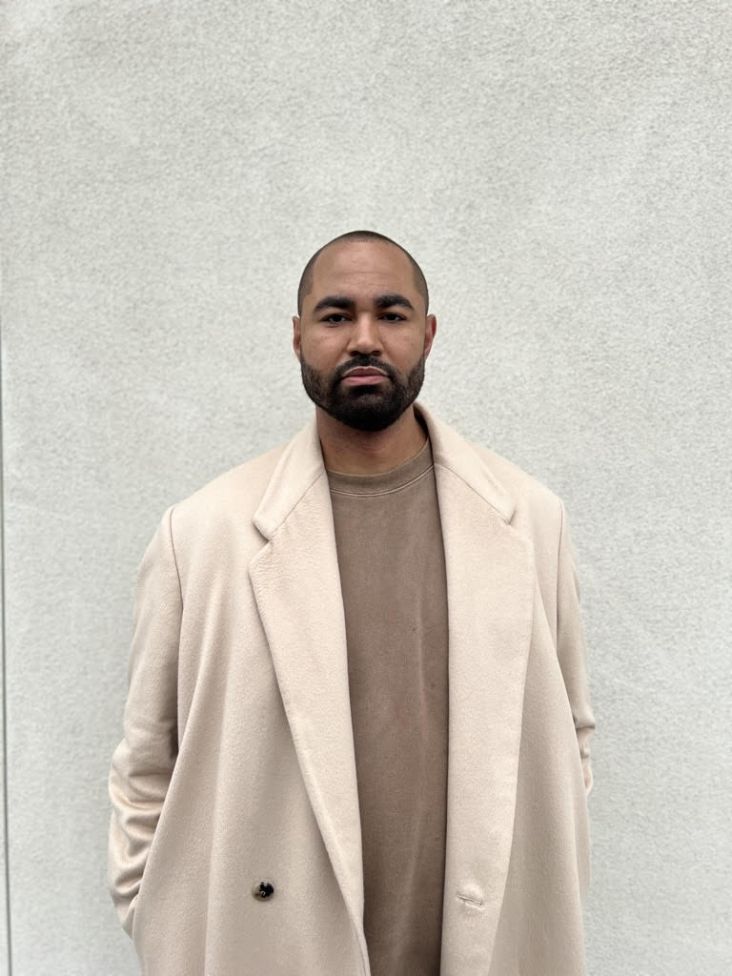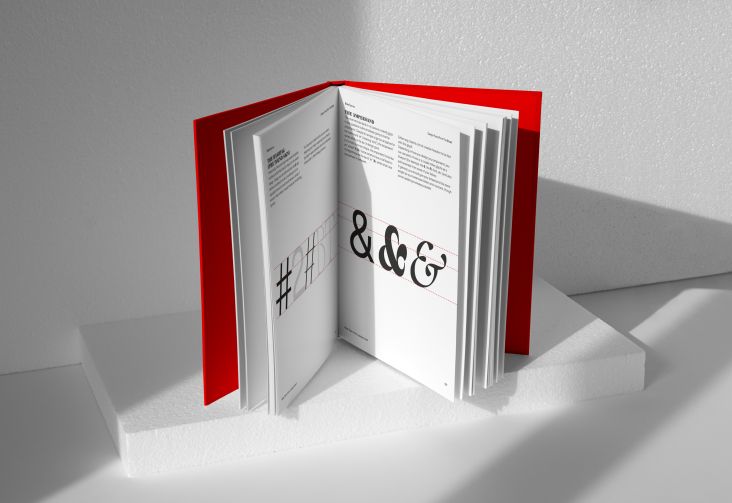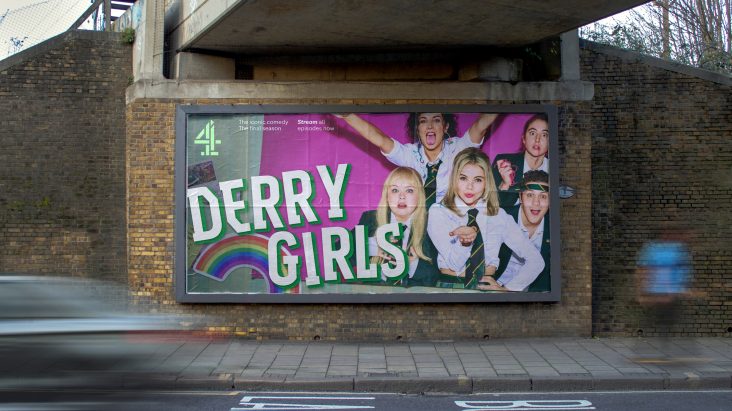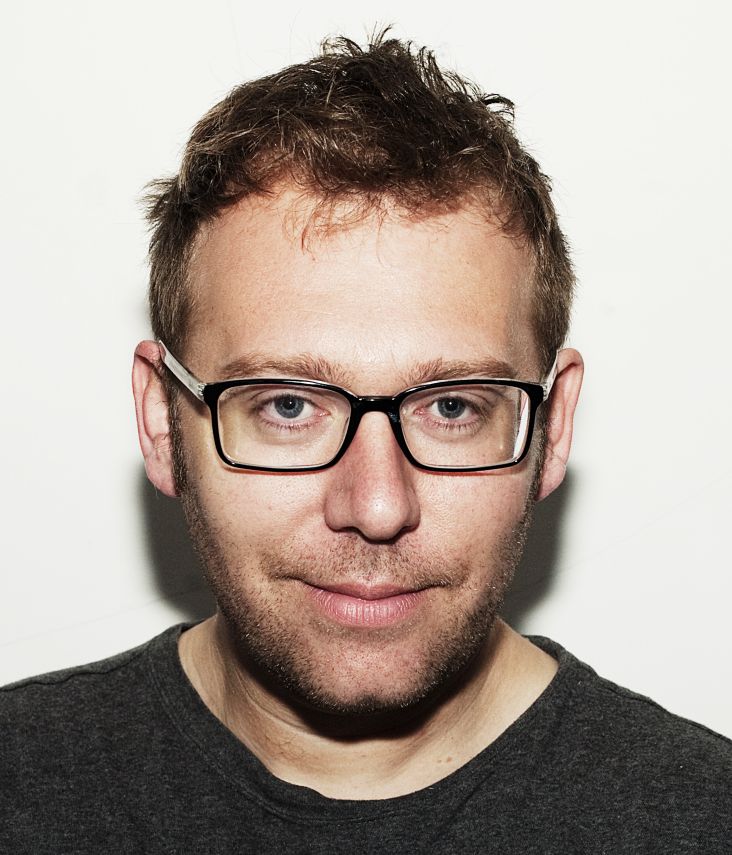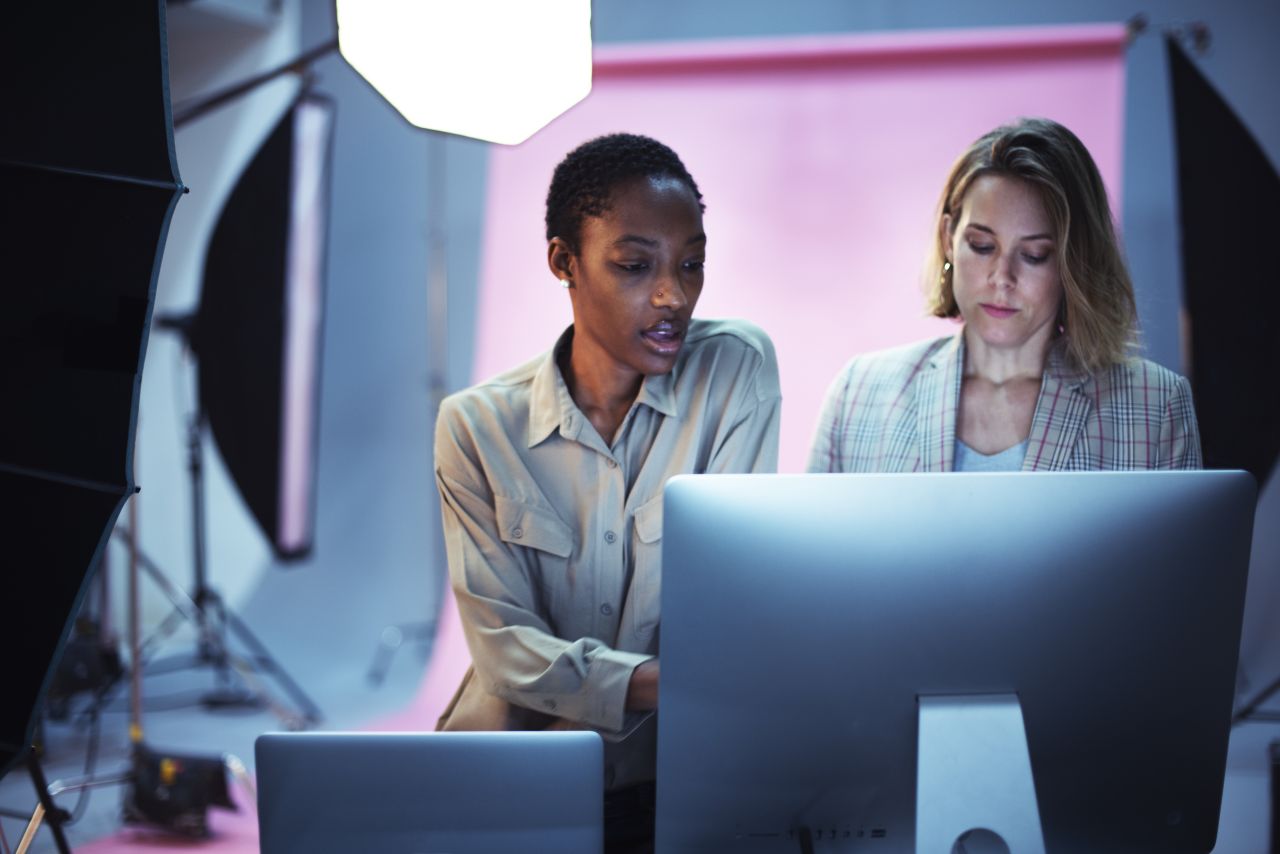
Image licensed via Adobe Stock
Working as a freelance designer or running a creative business is a fantastic way to make a living. You get to spend your days using your imagination and creative skills to make cool stuff and see it being used by real people out in the world. How great is that?
Well, that's the theory, at least. But in the real world, you realise there's actually a lot of boring, repetitive work involved.
Wouldn't it be great if you had clever software that could take much of that off your hands, freeing you up to be truly creative? In other words, we're not talking about AI replacing your work, but AI used as a tool to enhance your workflow and your own work.
It sounds like a pipe dream for a distant future. But actually, the rise of generative AI means it's already arrived. The latest generative AI tools are now here, ready to shorten your work time and allow you to focus on the parts of your work that you truly love.
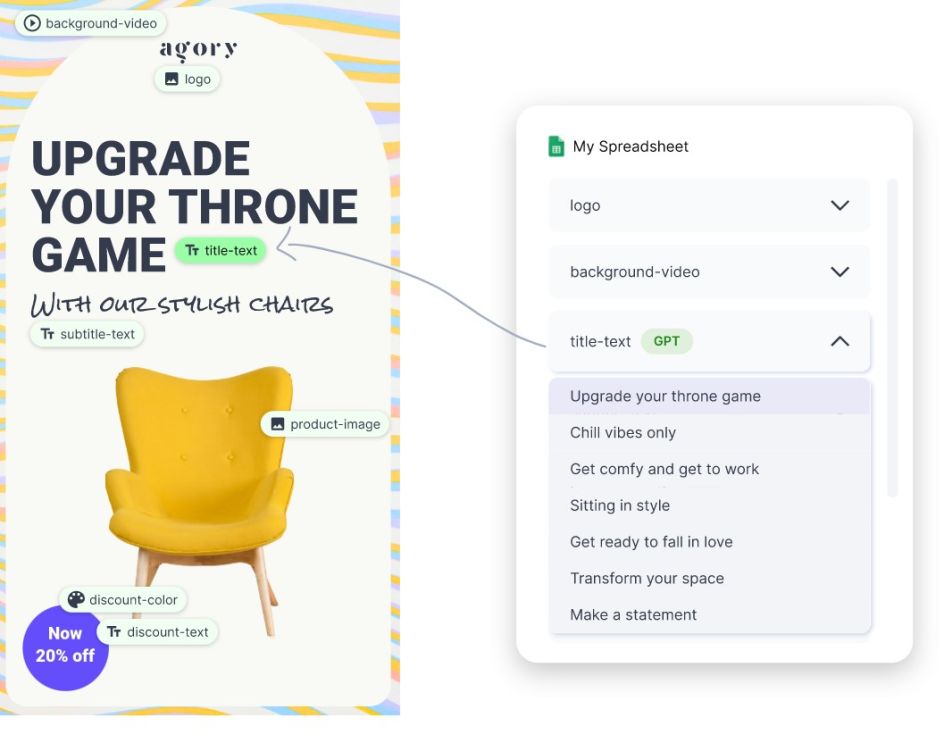
Unfortunately, many independent creatives have yet to fully embrace them and fit them into their daily workflows. Either because they're stuck in their ways, don't trust AI, or simply aren't aware of how they can help them.
Competitive advantage
We'd argue that ignoring AI is foolhardy because we all work in a highly competitive environment. And with countless economic headwinds pointing to an uncertain future, making your creative workflow as efficient as possible isn't just a 'nice to have'; it's a necessity.
Because ultimately, AI tools are about shaving time and energy off dull tasks that would otherwise take hours or days. And smartly using them means empowering your team or yourself to create better quality work, at scale, with a faster turnaround and fewer client revisions.
And who wouldn't want that? Let's face it; your rivals certainly will, so you won't want to give them a chance to steal a march on you.

But how do you actually go about it? Say you have a new client who wants to launch a new product, and you need all the marketing material fast. How can generative AI help?
On the face of it, it's not that easy. Read on as we dive into the common problems of using generative AI tools in design workflows… before bringing you a potential solution.
Challenges with generative AI tools
Whether you're designing a website or crafting display ads for a local business, generative AI tools commonly present three common challenges to creatives.
Brand consistency: Ensuring on-brand design straight out of the box is a tall order for generative AI tools. Often, brand guidelines prove too rigid for these tools to support complex image generation. They don't work very well at scale, particularly when additional adjustments are required.
Quality control: Creative assets produced by generative AI may require significant manual review and editing to ensure the final output meets quality standards and effectively communicates the intended message. This process can be time-consuming, which negates some of the efficiency gains promised by AI-driven solutions.
Hard to scale: Generating multiple design variations for approval is a common requirement of marketing campaigns. However, generative AI tools aren't yet able to generate multiple on-brand variations to satisfy diverse needs, especially at a large scale.
Bridging the gap with Creative Automation
In short, mass-market generative AI tools are currently too limited to fit easily into a designer's workflow. And that's where Creative Automation, a specific set of tools designed to complement and enhance emerging AI capabilities, comes in.
Currently, in public beta, Creative Automation makes it easy for teams of designers and marketers to generate on-brand variations of images and videos on-demand and at scale.
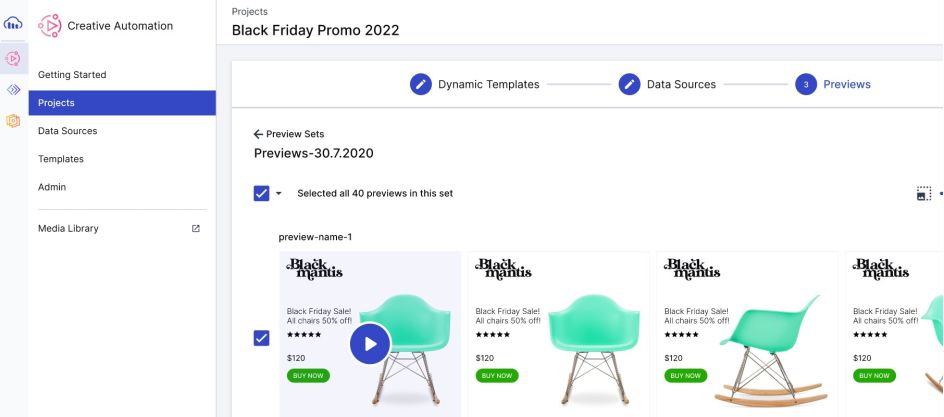
Designers can build video and image templates in familiar Adobe tools such as After Effects without compromising on control or quality, while marketers can use Creative Automation to quickly customise content by simply editing a spreadsheet.
And it all works beautifully in practice. By mapping every design element to a spreadsheet column and using cell inputs fed with AI-edited copy and assets, Creative Automation produces on-brand creatives that you control end-to-end and at scale.
Main benefits
This approach offers three major advantages to the independent designer or design studio:
Design consistency: Creative Automation offers full control over all design elements by supporting templates created in popular Adobe design tools. This guarantees that your output aligns with your brand identity. So whether you create the main image yourself or utilise DALL-E to generate it, you have the power to determine its placement, size, animation style, and final appearance.
Easy bulk edits: Creative Automation streamlines tasks such as resizing, moving, and translating visual elements across different aspect ratios for all your audiences, products, and so on by employing proprietary AI such as SmartCropping and OutPainting. This approach enables quick bulk edits using generative AI for your content variations, while dynamic templates help ensure the produced design variations are on-brand.
Streamlined quality control: Creative Automation simplifies the process of testing and delivering multiple design variations required for personalisation. AI tools like Fontjoy can offer inspiration for template typography, while ChatGPT can generate localised translations of your ad copy for various audiences. Generating and testing on-brand design variations is as easy as editing a spreadsheet, allowing you to efficiently present a range of options to your team that you know can scale to all your audiences.
Conclusion
In summary, generative AI offers a huge opportunity to automate the tedious tasks of our profession, helping us to deliver projects to clients faster and freeing up our time to be more imaginative and creative. And the more our rivals do so, the more we'll need to follow them to stay competitive.
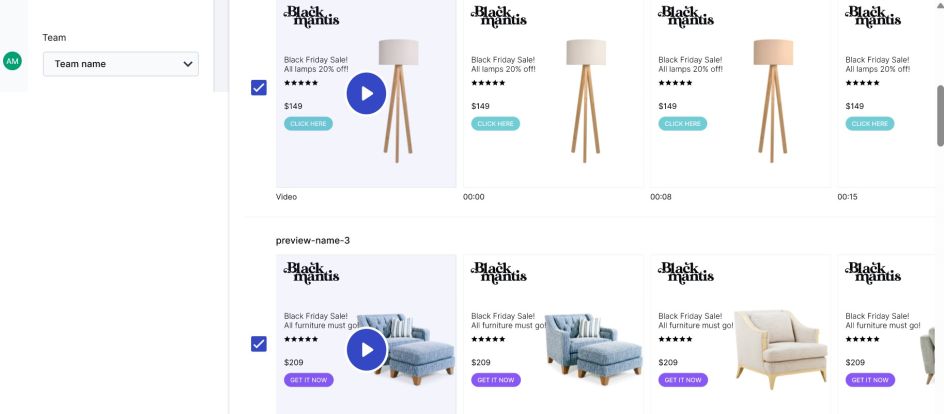
Right now, though, mass-market generative AI tools aren't focused enough to integrate easily into the average designer or design studio's workflow. So Creative Automation exists to bridge that gap, enabling creative professionals, and the clients they support, to effectively harness the potential of generative AI in streamlining creative workflows for on-brand designs at scale.
This brilliantly synergistic approach offers a powerful solution to unleash on-brand creativity at scale. And it's quick, easy and free to get started.
Why not give it a try today? Because if you don't adopt these tools and find ways to speed up your workflow, who's to say you won't be left behind as your competition becomes faster, more efficient and creative?





 by Tüpokompanii](https://www.creativeboom.com/upload/articles/58/58684538770fb5b428dc1882f7a732f153500153_732.jpg)


 using <a href="https://www.ohnotype.co/fonts/obviously" target="_blank">Obviously</a> by Oh No Type Co., Art Director, Brand & Creative—Spotify](https://www.creativeboom.com/upload/articles/6e/6ed31eddc26fa563f213fc76d6993dab9231ffe4_732.jpg)








